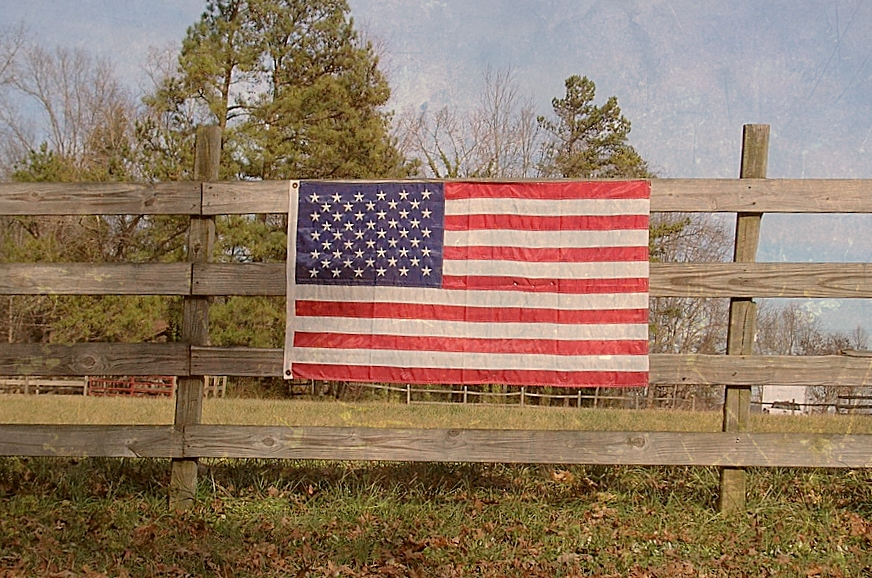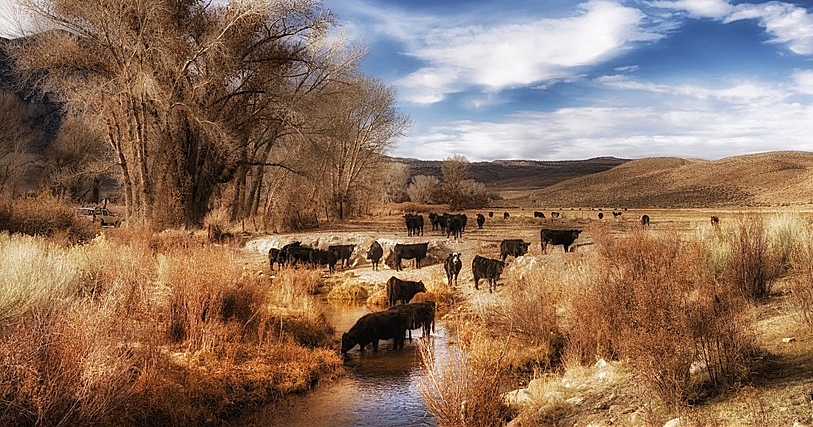…this turnaround was driven by mining and logging (which went from negative 11 percent job growth in 2016 to positive 7.4 percent in 2018), construction (2.8 percent to 3.5 percent), and manufacturing (negative 0.3 percent to 2.4 percent). Those are three of the five industries — fossil fuel extraction and livestock are the others — most heavily concentrated in pro-Trump areas…
Jeff Spross
Has Trump caused a rural rebound?
President Trump has staked much of his political appeal on his promise of an economic turnaround for rural America. And he just might be delivering.
Over the last few decades, small towns and rural areas across America have suffered a slow economic death. Their population growth has been declining for years, and went negative after 2010 — driven by the flight of younger Americans. These communities had the slowest rates of recovery after the Great Recession, when the rate of business creation actually went negative.
You can see it, too, in the 2016 election results. Hillary Clinton won big in cities and lost big in more sparsely populated areas. She won far fewer counties than Trump — less than 500 counties compared to his more than 2,600. But her counties generated two-thirds of all income in the economy.
Wealth resides in American cities. Much of the rest of the country is suffering. Is it any wonder these small towns and rural areas went big for Trump?
Line up the one-fifth of U.S. counties that gave Trump the biggest share of their vote next to the one-fifth that gave him the least. The gap in employment growth rates is enormous — over 8 percentage points.
Since Trump’s election, the numbers have shifted. Employment in rural America has started growing faster than in the big metropolitan areas.
“Counties that voted for Hillary Clinton in 2016 experienced 4 percent annualized employment growth in the first quarter of 2018, unchanged from the first quarter of 2017,” Mark Muro and Jacob Whiton wrote for the Brookings Institution. “Whereas counties that voted for Trump were seeing growth of 5.1 percent a year earlier this year, up from 4.9 percent a year before that and 4.3 percent in early 2016. Many small-town and rural communities may be feeling that things are finally moving in the right direction.”
Of course, rates of growth are not the same thing as levels of employment. By a whole host of measures, plenty of rural communities remain in the doldrums. But the speed at which they’re improving upon that terrible baseline has picked up noticeably.
Muro and Whiton note that this turnaround was driven by mining and logging (which went from negative 11 percent job growth in 2016 to positive 7.4 percent in 2018), construction (2.8 percent to 3.5 percent), and manufacturing (negative 0.3 percent to 2.4 percent). Those are three of the five industries — fossil fuel extraction and livestock are the others — most heavily concentrated in pro-Trump areas…
Free Range Report
Thank you for reading our latest report, but before you go…
Our loyalty is to the truth and to YOU, our readers!
We respect your reading experience, and have refrained from putting up a paywall and obnoxious advertisements, which means that we get by on small donations from people like you. We’re not asking for much, but any amount that you can give goes a long way to securing a better future for the people who make America great.
[paypal_donation_button]
For as little as $1 you can support Free Range Report, and it takes only a moment.



